Lined up along one side of a stainless-steel countertop, knives and cutting boards positioned in front of them, a half dozen teenagers listen attentively as Kai Bahls explains how cooking can require both creativity and precision at the same time.
“When you’re baking, you have to pay really close attention to those measurements,” they say. “A half teaspoon of baking powder versus a half tablespoon will make a big difference.”

Students listen to Kai explaining the recipes and cooking skills they’ll soon tackle (photo by Rachael Green).
This is one of countless lessons students from Interagency Academy in Columbia City learned over the course of 12 weeks this spring with Kai and Bela Sanchez, Solid Ground Youth Food Educators. While chopping vegetables and measuring flour, the students have learned and practiced everything from knife skills and food safety to time management and conflict resolution, all designed to support their success both in the kitchen and in the classroom.
“I’m seeing a lot more self-motivation,” says Brandon Sanchez, a Family Support Specialist at the high school, which is part of Seattle Public Schools. “There’s more conversation and joy around what they’re doing in our classroom.”
The program, called Recipes for Success, is a new and one-of-a-kind partnership between Solid Ground Community Food Education, PCC Community Markets, Organically Grown, and the southeast campus of Interagency Academy, an alternative public high school that serves students who do best with kinds of support not available in traditional schools. The growing partnership is the latest extension of Solid Ground’s ongoing mission of empowering communities with the knowledge and access needed to prepare healthy, fresh, and culturally appropriate meals in their own homes.
“Things like cooking classes obviously aren’t equitably available to all kids,” Bela says. “So being able to provide these classes for students who maybe otherwise wouldn’t be able to access them feels like a really unique and exciting opportunity.”
‘Go for it!’
Every Wednesday this spring, the students left their school building just off Rainier Avenue South and crossed the street to PCC’s state-of-the-art demonstration kitchen, which Kai and Bela stocked with ingredients provided by the co-op and Organically Grown. Students start class with a snack – usually fresh fruit – while going over the recipes of the day and the individual skill lessons that are built into them. Over the course of the program, students made everything from pozole to ravioli, many of the recipes suggested by students based on meals their own families prepare at home.
“Personally, I’m not very comfortable in the kitchen, but practicing my skills here, learning how to read a recipe and all that stuff, I feel like I’m more capable to make something in the kitchen by myself.”
~Ibri, Interagency student
“The idea behind the partnership was to connect students with really high-quality food and high-quality cooking education, and to give them high school credit at the same time,” says Bela. “It’s really focused more on home cooking, how to get comfortable in the kitchen, how to read a recipe, basic knife skills and measuring skills, and covering a pretty wide range of recipes, both new-to-them recipes and recipes they’ve requested.”
On this particular Wednesday – the second-to-last of the semester – the students are making Vietnamese banh mi sandwiches and “Add Anything” drop cookies. For the cookies, students can choose from a selection of sweet and savory add-ins – chocolate candies, potato chips, etc. – or they can get creative and mix in something else entirely unexpected from the grocery store.
“PCC is your oyster!” Kai instructs the students – because while learning how to read recipes is one of the program’s key lessons, the students are also encouraged to experiment with different ingredients, flavors, and textures. “There’s certainly not a you-have-to-stick-to-the-recipe rule,” Kai says. “It’s like, ‘If you think that would be good, go for it! Try it out!”
Social-emotional learning in the kitchen
After the snack, the students gather around the counter as Kai and Bela show them how to zero out a digital scale, compare the volume of sugar to its weight, and tell the difference between the shorthand notations for teaspoon and tablespoon.

Measuring ingredients for “Add Anything” drop cookies (photo by Rachael Green)
The teens then split off into teams to weigh and mix their cookie dough, trying to get as close as possible, in grams, to the prescribed weight of each ingredient. They take turns measuring, fetching ingredients, and breaking up clumps of brown sugar, laughing and gently teasing each other as they work. One pair debate whether to mix potato chips into their dough, considering what it would do to the cookies’ flavor and whether they would crunch them up or add them whole. They decide to go for it.
Bela and Kai say these interactions are a key part of program, giving the teens a safe space to build social-emotional skills that apply to life far beyond the kitchen.
“I mostly enjoyed getting to learn new thing and working with more people in the kitchen because I find cooking a lot of fun, and I feel like I need to learn more about communications and working with people.”
~Zaraya, Interagency student
“It’s all about how to work with other people, communicating really clearly about how you’re dividing tasks and who’s doing what. And if you’re frustrated about what your partner is doing, are you communicating to them that you’re frustrated? Or are you just getting frustrated, not saying anything, and then having a harder time?” Bela says. “All those interactions are to me one of the most important things about this class, because social-emotional learning carries through every aspect of your life.”
“It’s also an opportunity to have a really hands-on class that they get credit for and that works well for some students that may have a harder time with a more traditional school class structure,” Kai says. “There are a couple of students who staff have said struggle with attending regularly in their other classes but have been coming really regularly here, and say that this style of learning is working for them.”

Kai demonstrates how to julienne a carrot (photo by Rachael Green).
The students are soon back at the counter, watching Kai demonstrate a technique for julienning carrots and daikon radishes for the banh mi. Then it’s back to their stations to neatly chop the vegetables, which are then quick-pickled. When it’s all done, the students take turns building their own lunch from French rolls filled with butter, liver spread, mayo, shredded chicken, jalapeño, and the pickled carrots and radishes. As they share the meal they’ve prepared together, Kai and Bela hand out $15 PCC gift certificates that students can use to buy groceries at the co-op after class.
Solutions based on community, partnership
This shared meal at the end of each class is what sparked the program’s two years ago. At the time, Kerri Hunsley, the Store Director for PCC in Columbia City, had noticed an increase in the loss of prepared food items and began asking questions to better understand what needs might exist in the broader community.
During that process, she learned that Interagency Academy at the Columbia Annex next door did not offer a hot meals program like many other Seattle public schools. Instead, students receive meals that are prepared off site, usually consisting of packaged cold-cut items, salads, sandwiches, fruit and vegetables, and occasionally microwaveable items. The school does have microwaves, but they offered only a limited and inconsistent solution.
“It’s really fun learning the new skills, because before I didn’t really know how to cook. I knew how to kind of heat things up and then, and best, hopefully not let it burn.”
~Keo, Interagency student
Brandon at Interagency says many students at the school also face significant barriers to food access – including housing instability, financial hardship, and lack of transportation – that make it difficult for them to bring lunch from home or purchase meals elsewhere. So rather than respond with assumptions or punishment, Kerri reached out to Brandon at Interagency to build a restorative partnership rooted in community, trust, and care.
“She wanted to figure out a way to actually build a community relationship with our students and the co-op, and just let them know, ‘We see you. We are here to support you,’” Brandon says.
Together, they created a program that provides students with access to fresh, free meals, cooking education, and credit-earning life skills that support their overall well-being. Brandon says the initiative continues to demonstrate the power of community-centered solutions that restore dignity, build relationships, and address needs without stigma.

Students end the class by sharing a lunch of banh mi sandwiches and drop cookies of their own invention (photo by Rachael Green).
Kerri started by arranging to have pastries, bagels, and other breakfast items set aside for the school each morning. Brandon talked to students about PCC’s support as a community partner, and the response was such a success that the two began talking about other ways to collaborate.
“I wanted to do something more for the kids that would allow them to walk away with a skill, something they can get out of it that they can use in their life,” Kerri said. “I wanted them to know, ‘Hey, we care about you, and we want to do something nice for you.’”
PCC has been a longtime partner and supporter of Solid Ground, so the co-op reached out about putting together a cooking program for Interagency. Organically Grown, another longtime PCC partner, was soon on board as well.
“The big win was when the curriculum was reviewed and approved by the school district, which meant the students could get school credit for the classes,” says Michael Friedman, Solid Ground’s Community Food Education Program Manager. “This elevated the project from extra-curricular or a fun elective to something the students could use to help them move toward graduation.”
A success to build on
It took another year to get the partnership off the ground, but the first semester in the spring of 2025 was seen as a huge success – by both the partners and the students who participated.
“Personally, I wasn’t very comfortable in the kitchen,” says Ibri Ramirez, an 18-year-old student at Interagency. “But practicing my skills here, learning how to read a recipe and all that stuff, I feel like I’m more capable of making something in the kitchen by myself.”
Recipes for Success is set to start up again in the fall with another batch of students, and Interagency and PCC are both looking at the possibility of replicating the program elsewhere in Seattle Public Schools and beyond.
All photography by Rachael Green.
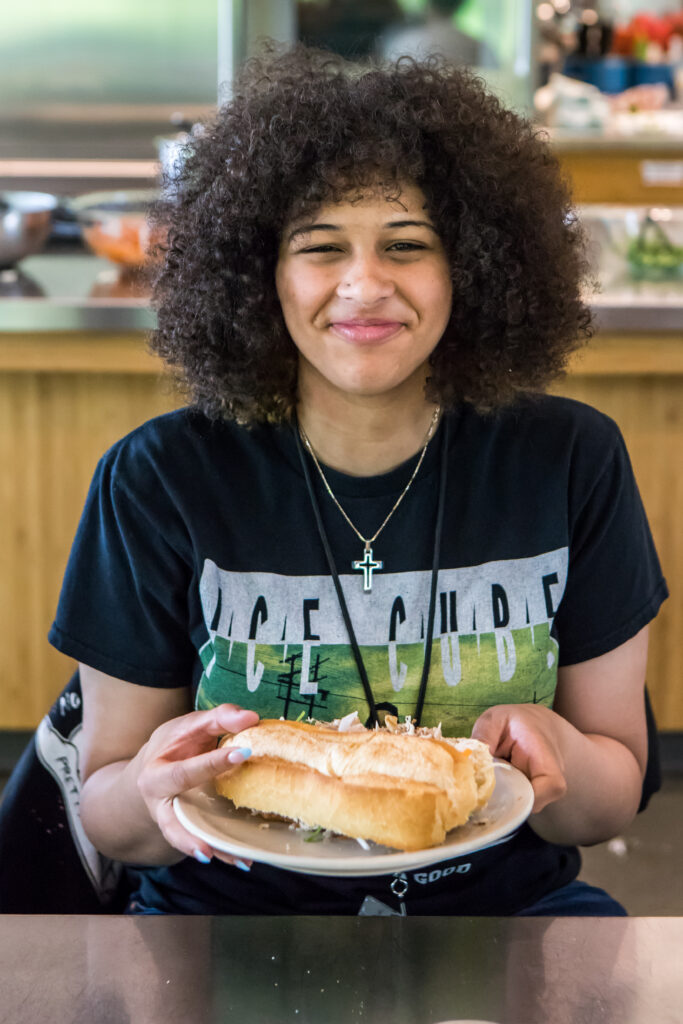
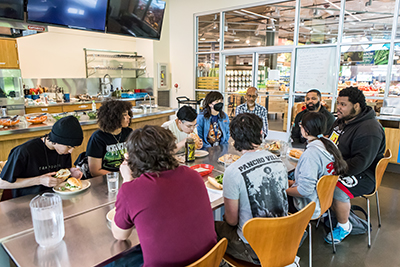
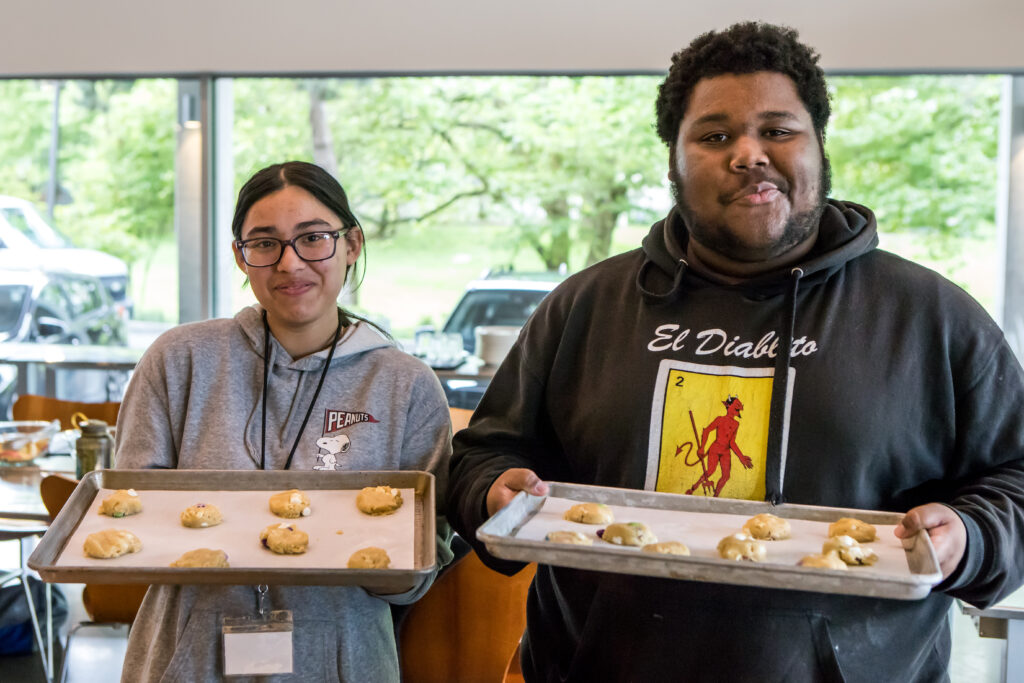
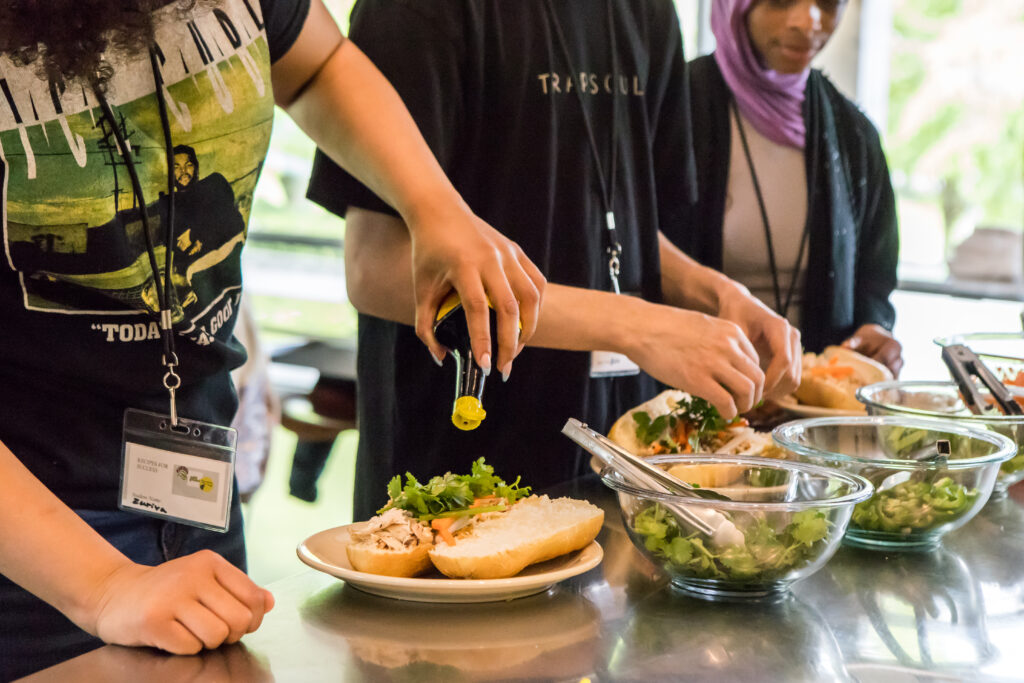
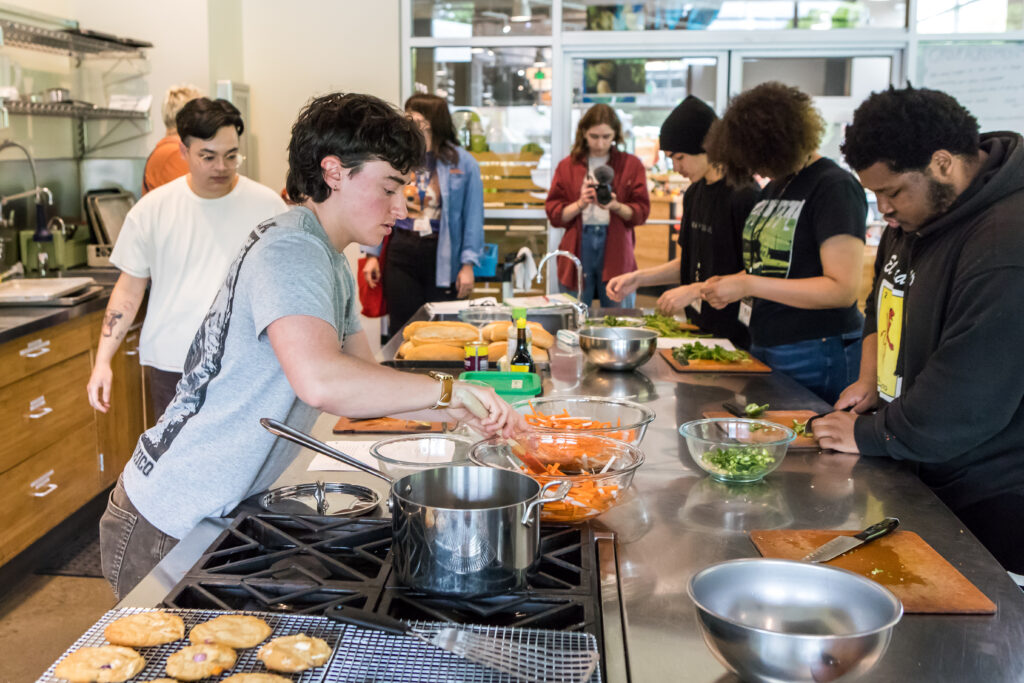
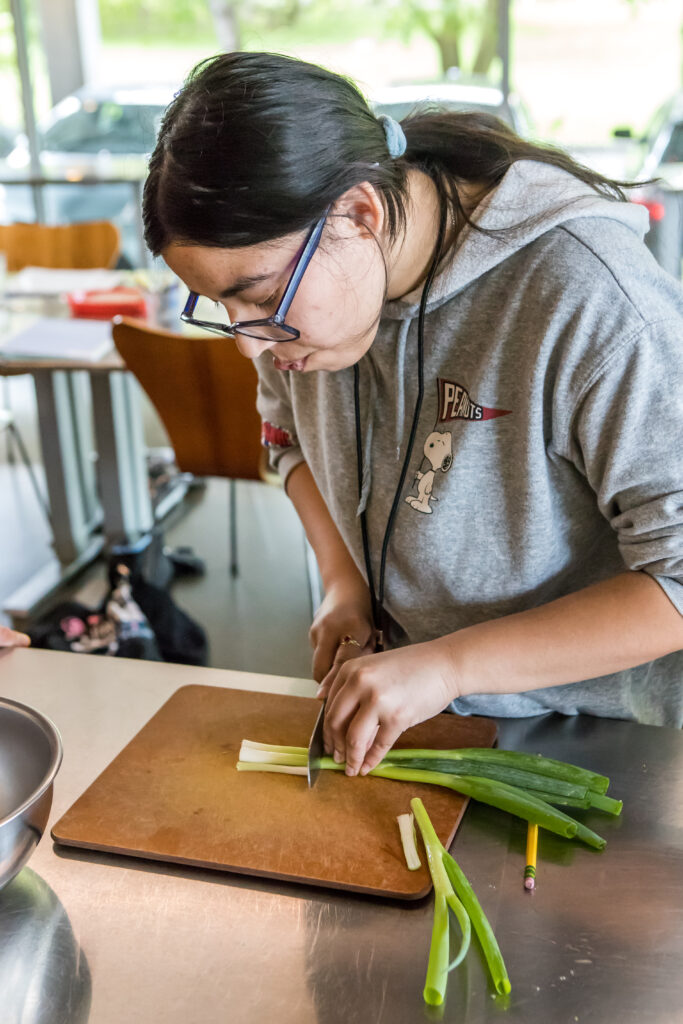
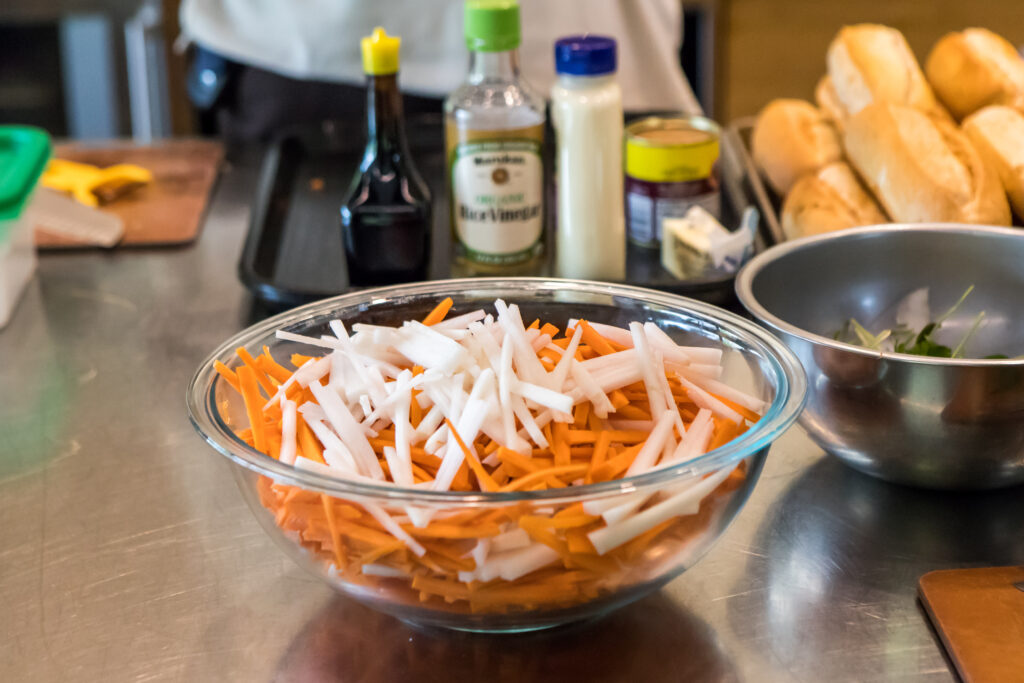
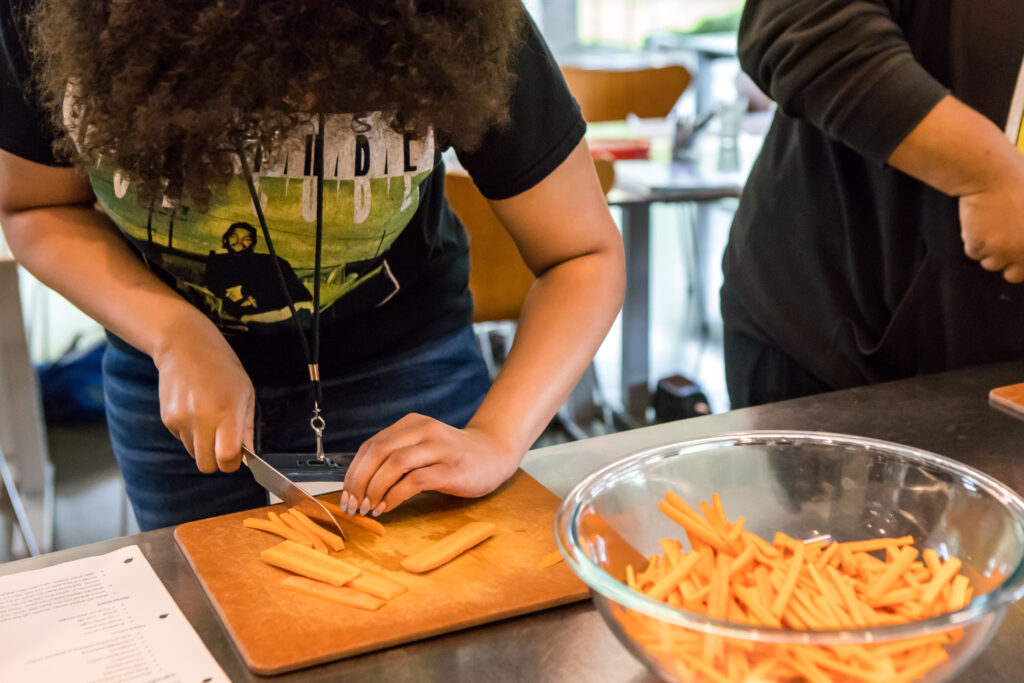
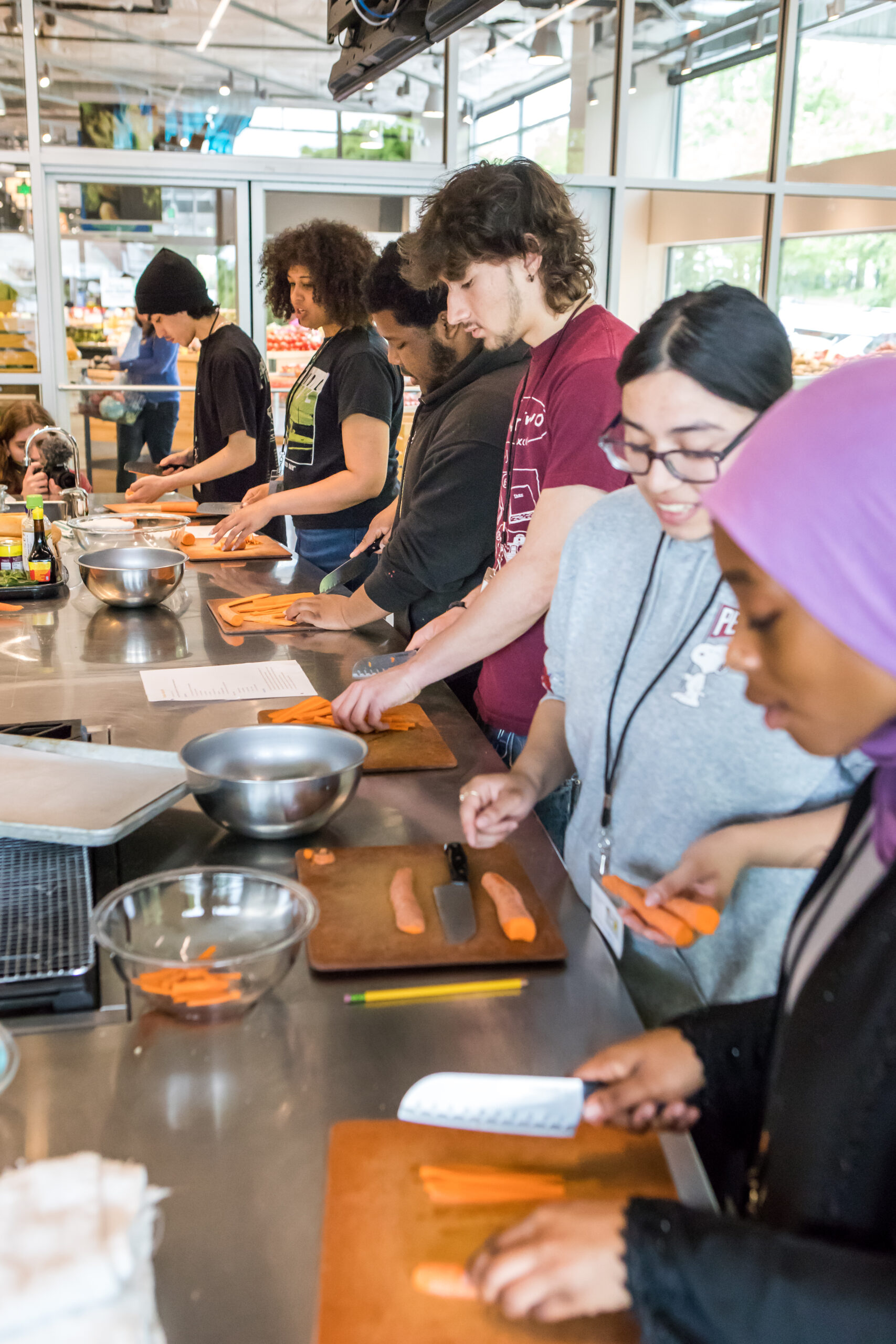
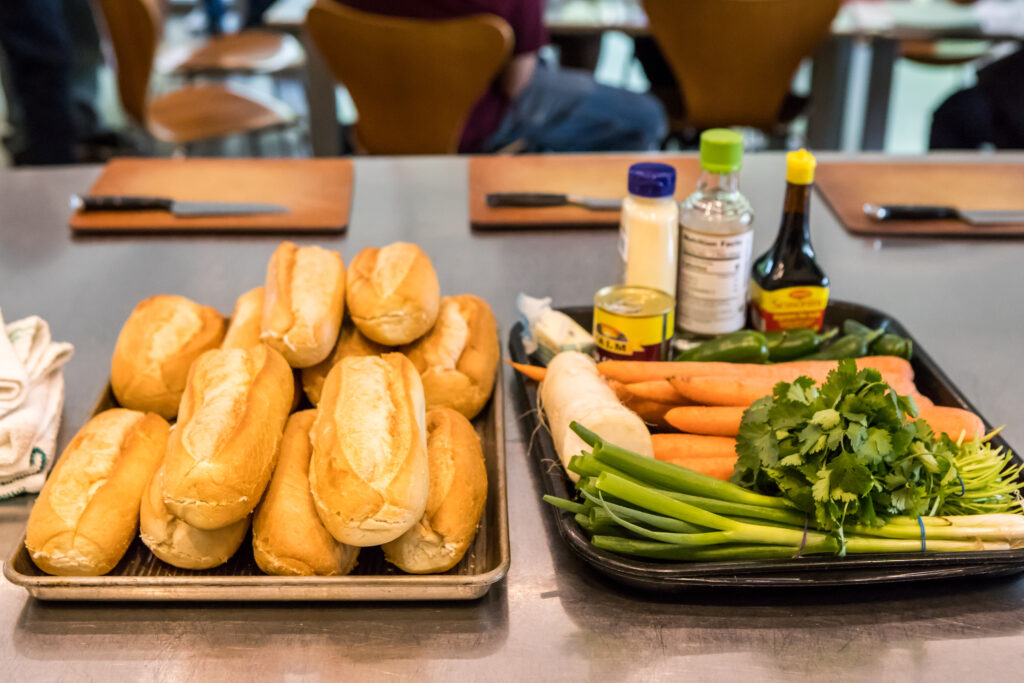
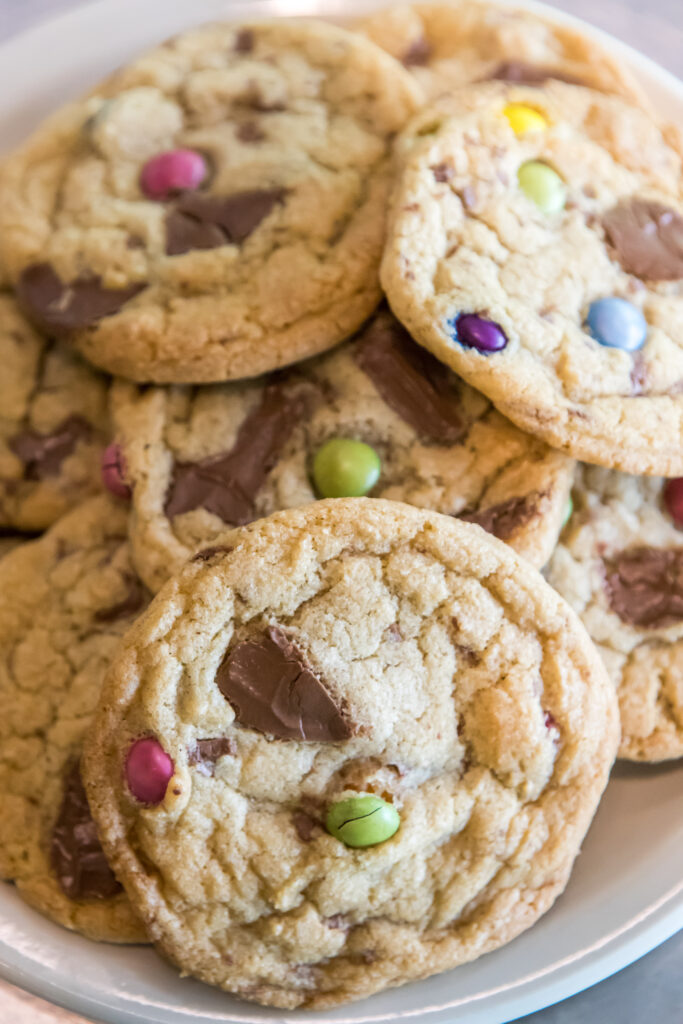
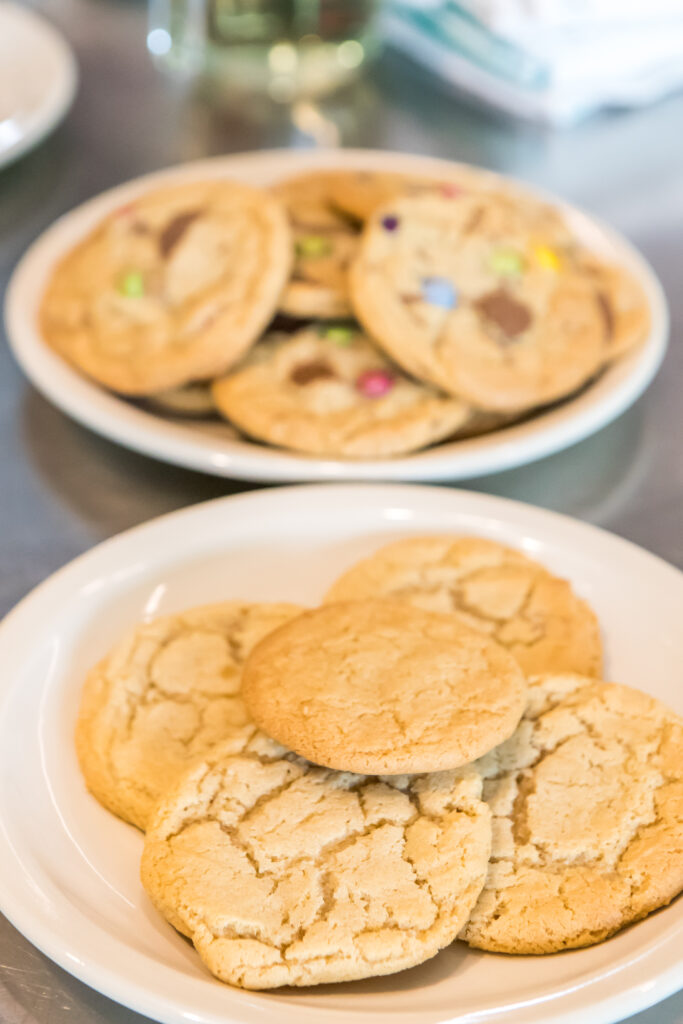
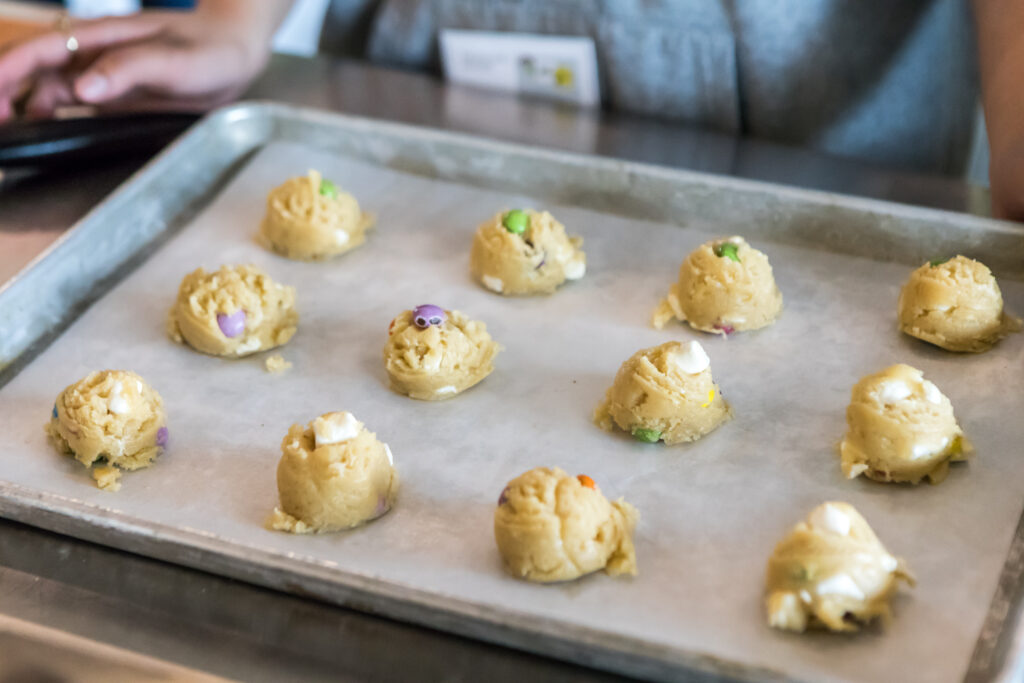
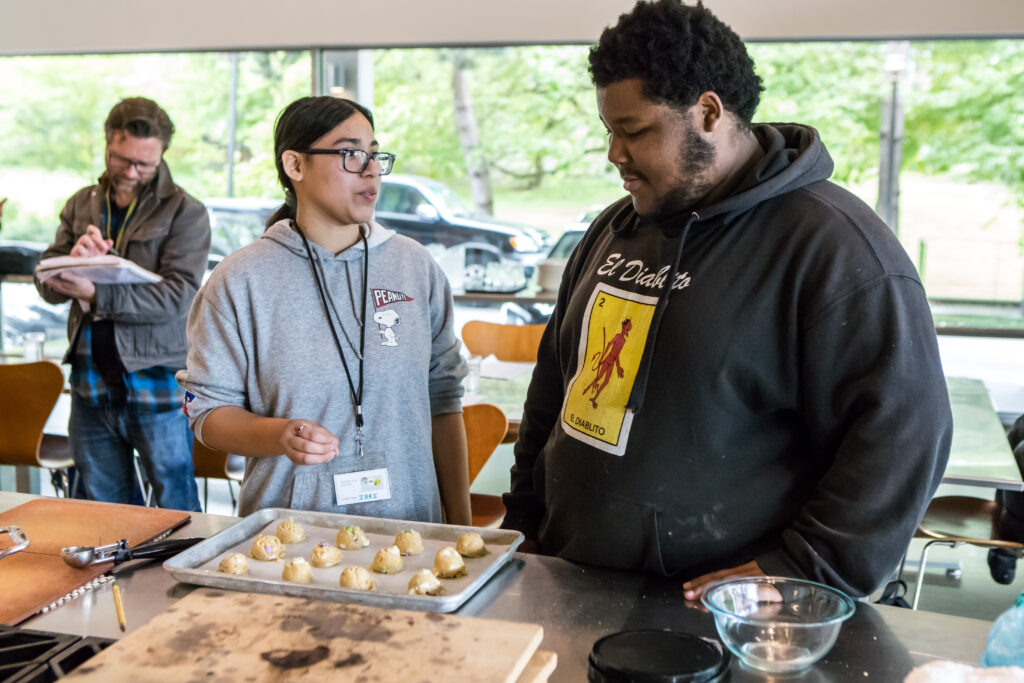
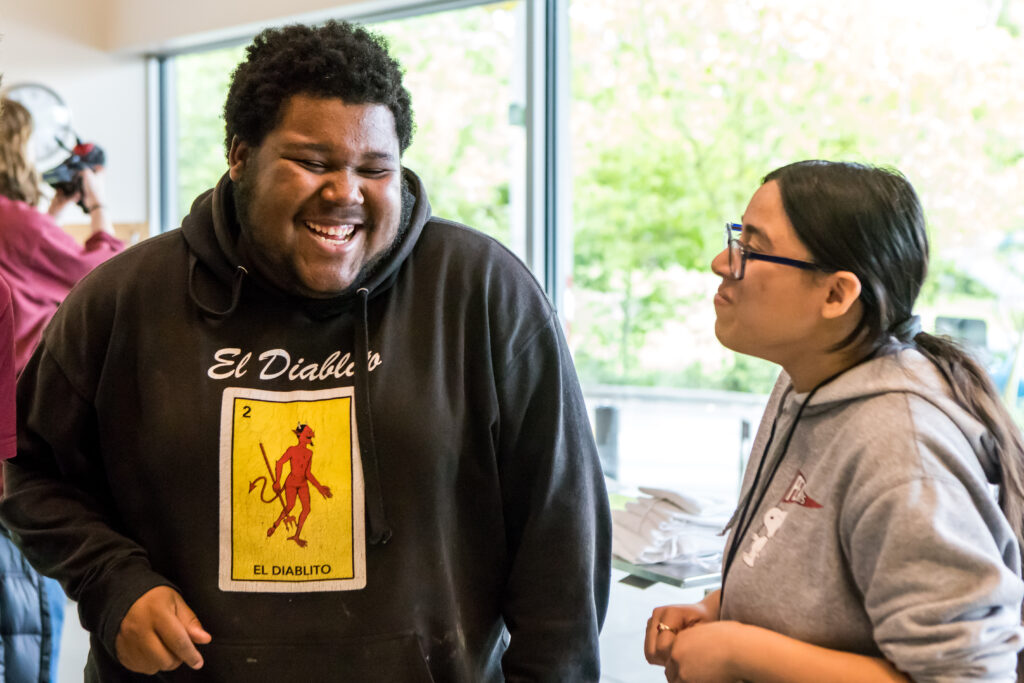
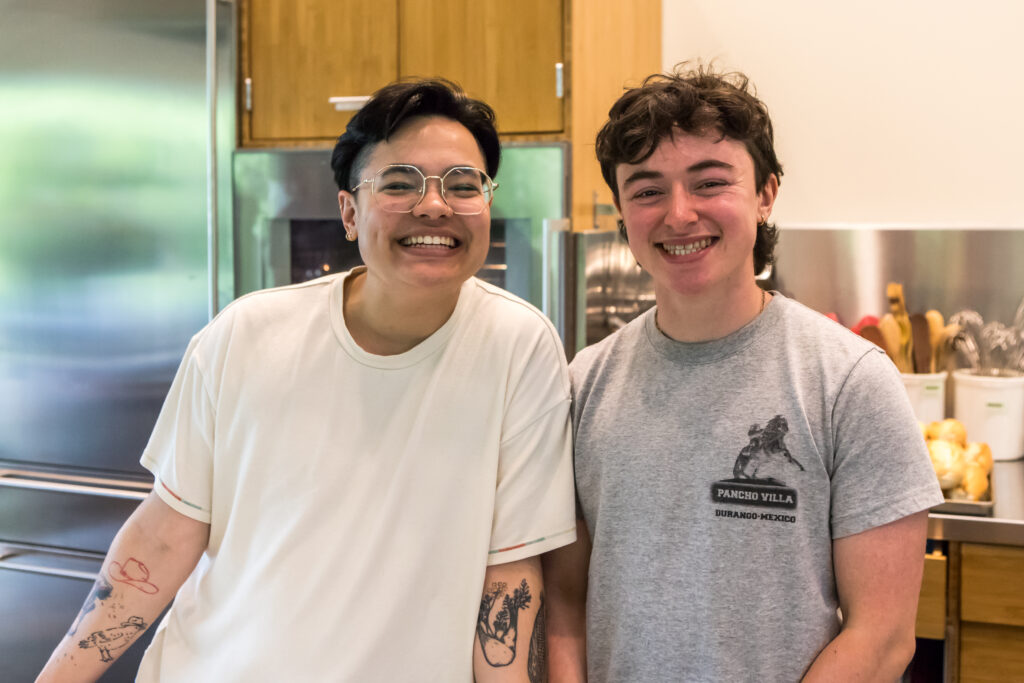
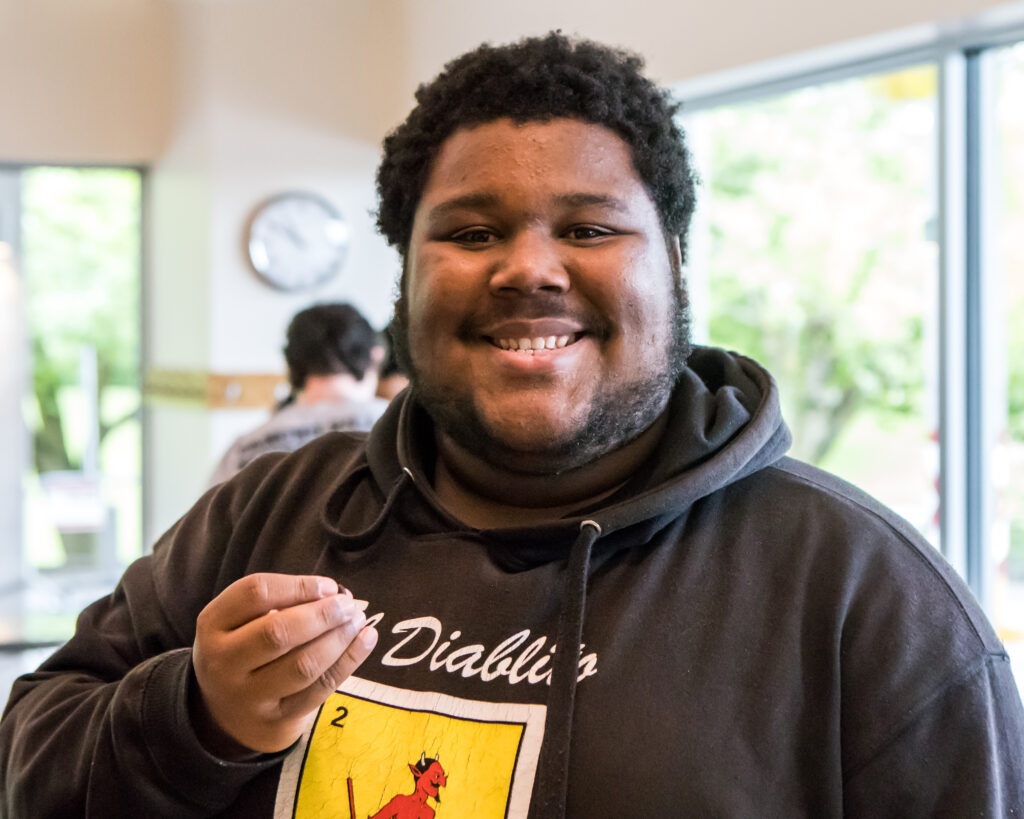
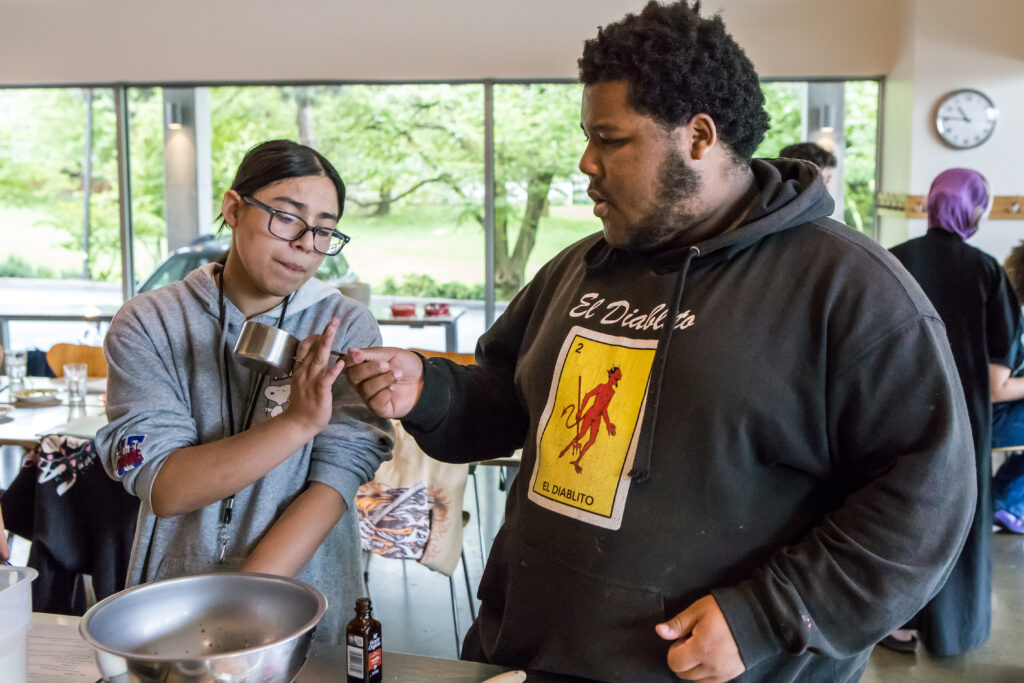
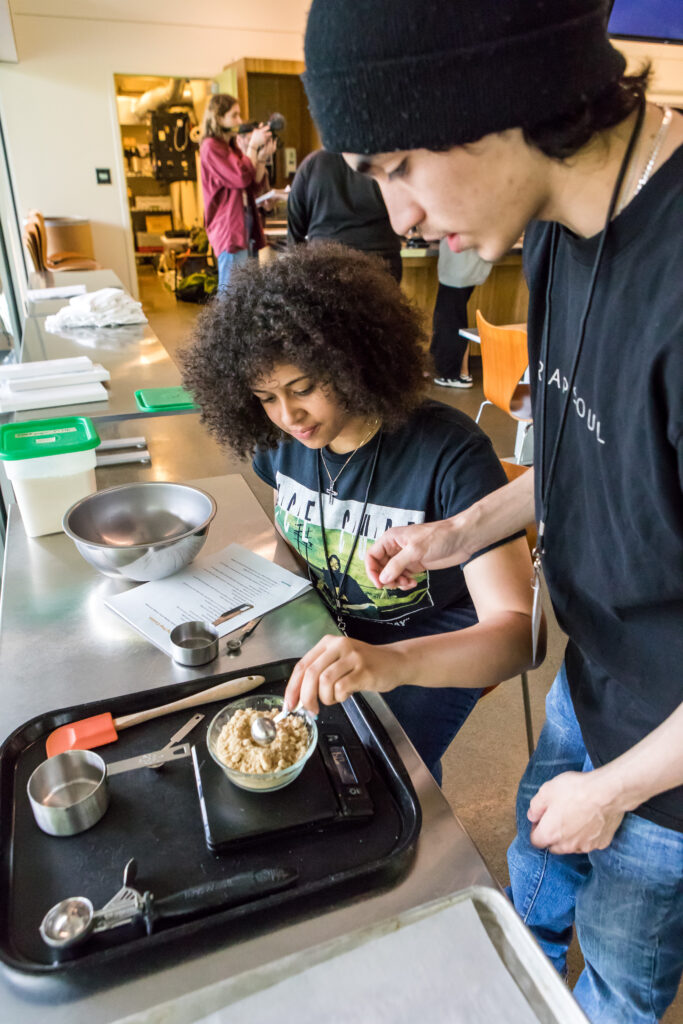
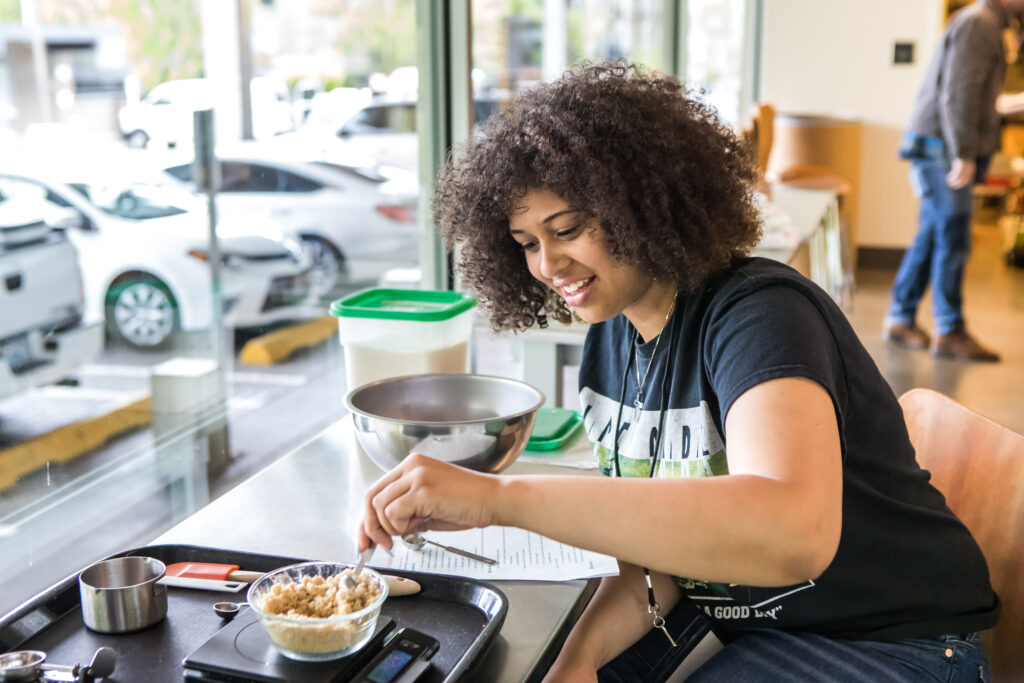
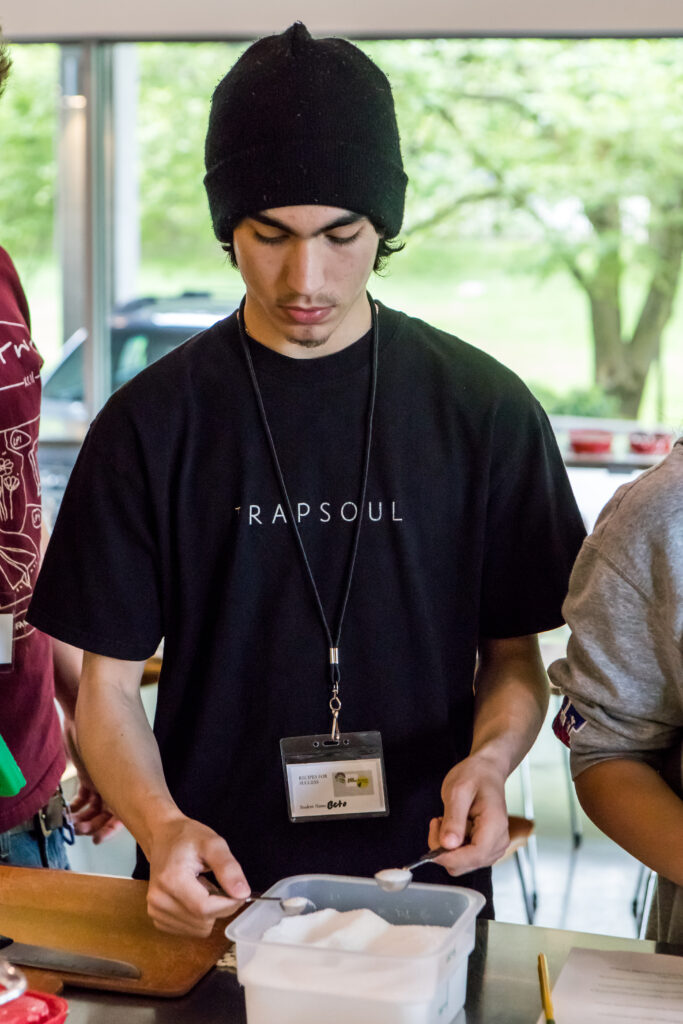
Leave a Comment